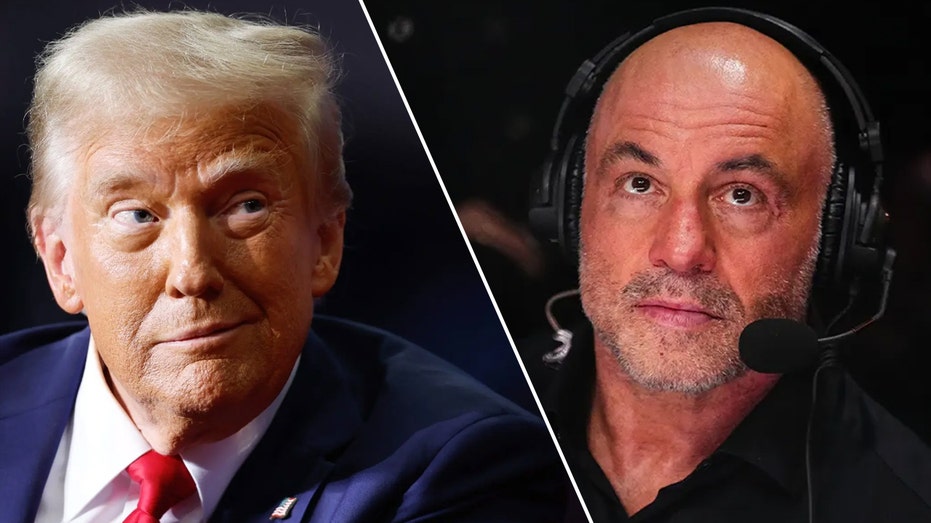In recent years, podcasts have emerged as a formidable force in the media landscape, reshaping how information is disseminated and consumed. As the podcast medium continues to burgeon, the traditional sectors of mainstream media are facing unprecedented challenges. The convenience, intimacy, and diversity of podcasts have positioned them as a distinct alternative that sometimes surpasses the capabilities of conventional media in engaging audiences.
Podcasts have a unique appeal—offering a myriad of content that caters to nearly every interest, from politics to pop culture, and from deep-dive investigations to light-hearted banter. Their on-demand nature allows listeners to tune in at their leisure, a flexibility that traditional media outlets, which typically rely on scheduled broadcasting, struggle to match. This ease of access, combined with the relatively low barrier to entry for creators, has facilitated an explosion of content, making podcasts an attractive platform for anyone with a story to tell.
The intimacy associated with podcasts is another factor contributing to their popularity. Listeners often feel a personal connection to podcast hosts, who frequently share their opinions and insights in a conversational tone. This perceived closeness can engender a level of trust and loyalty that is often absent in the more impersonal formats of mainstream media. The space for nuance and extended discourse also enables podcasts to explore topics in greater depth than traditional media formats, which are often constrained by time and space.
Political campaigns have recognized the potential of this burgeoning medium. Politicians and their strategists are increasingly turning to podcasts to reach voters, understanding that engaging content in a popular format can be a game-changer. For instance, during recent election cycles, various politicians have either launched their own podcasts or frequently appeared as guests on popular shows. This strategy not only humanizes candidates but also provides them with a platform to present their narratives unfiltered, without the mediation of traditional news outlets.
The strategic pivot towards incorporating podcasts is not limited to the political realm. Brands, educational institutions, and influencers are increasingly harnessing the power of podcasts to communicate messages directly to consumers. This reflects a broader trend in how communication strategies are being redefined in the digital age, where authenticity and engagement are valued more than ever.
However, the rise of podcasts is not without its criticisms. Some worry about the lack of regulation in this relatively new space. Unlike traditional media, which is subject to stringent fact-checking and ethical standards, podcasts often operate with minimal oversight. This has raised concerns about the potential spread of misinformation and the difficulty in holding creators accountable. Furthermore, the personalized nature of podcasts can sometimes lead to echo chambers, where listeners are only exposed to ideas and opinions that reinforce their own beliefs.
The financial aspect also poses significant challenges for traditional media. Many media outlets, which historically relied on advertising and subscriptions, now face competition from podcasts in securing advertisers. Podcasts, especially those with a niche audience, boast high engagement levels, making them an attractive option for advertisers looking for targeted marketing solutions. This has prompted mainstream media to explore digital transformations and to consider collaborations with popular podcast creators as a way to keep pace with changing consumer behaviors.
Additionally, the data-driven approach inherent in the digital nature of podcasts offers insights into listener preferences and behaviors that traditional media can’t easily capture. This feedback loop allows podcast creators to iteratively improve and tailor their content to audience tastes, a competitive advantage in the fast-paced media landscape.
Despite the challenges, it would be premature to conclude that traditional media is facing its demise. News agencies continue to wield influence, especially regarding breaking news and investigative journalism, areas where credibility and immediacy remain paramount. Many traditional media outlets are also beginning to embrace the podcast format, launching their own series as a means to leverage their established reputations and journalistic prowess.
Moreover, joint ventures between traditional media corporations and independent podcast creators are becoming increasingly common, leading to a symbiotic relationship where resources and expertise can be shared for mutual benefit. Through these collaborations, traditional media can remain relevant, while podcast creators can tap into broader distribution networks and audiences.
The evolving dynamic between podcasts and mainstream media reflects a broader shift in how content is created and consumed in the digital age. It emphasizes the need for traditional media to innovate and adapt, embracing the benefits of digital formats while remaining steadfast in their commitment to journalistic integrity. The podcast phenomenon also illustrates the democratization of media, offering opportunities for diverse voices to reach wider audiences without the traditional gatekeepers of information.
Ultimately, the question is not whether podcasts will completely overtake traditional media, but rather how these two formats can coexist and complement each other in a rapidly changing information ecosystem. As media consumption habits continue to evolve, the most successful organizations will be those that can seamlessly integrate the strengths of both traditional and new media, delivering diverse and engaging content in a manner that resonates with modern audiences.
The transformation of the media landscape is ongoing, and the rise of podcasts represents just one of the many changes reshaping how information circulates in society. As this medium continues to grow, its influence is undeniable—challenging traditional media to rethink and redefine its role in the digital age. Both mediums have unique strengths, and their potential synergy offers exciting possibilities for the future of content delivery.































